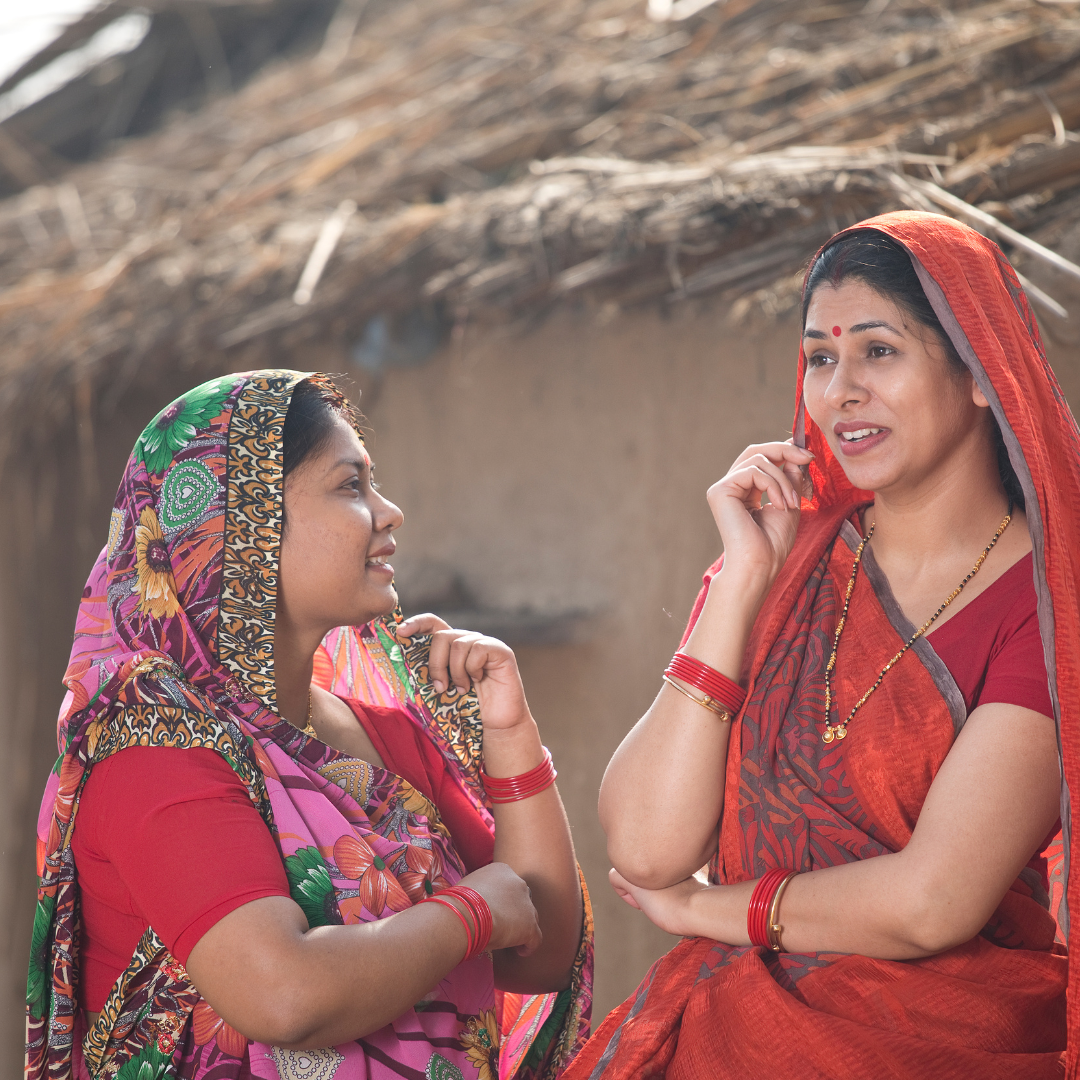Where are India’s Women in the Workforce?


Inspired by a DECA Project and a WSJ Article
India values education. I feel comfortable making that claim- the religious and cultural values of the nation have long made education a privilege and a priority in the eyes of her people. There’s a saying in Sanskrit: Mata, Pita, Guru, Deivam- “Mother, Father, Teacher, God.”
It’s notable because “Teacher” is listed alongside parents and religion; in fact, the teacher is listed before God.
When education is such a priority, how is it that Indian women have such a small presence in the nation’s workforce? In 2022, India’s female labor-force participation (the percentage of women working or looking for a job) was a whopping 24%, according to the Wall Street Journal and a report from the World Data Bank. For a developed nation and world player like India, the rate is surprising. Where are the women workers? India’s female labor-force participation is among the 12 lowest in the world.
For one of the world’s most populous countries, it’s truly a gold mine if that sleeping talent is tapped into. There are brilliant minds and tremendously hard workers among the scores of Indian women who lack access to education and opportunities to apply education. Even for educated women, cultural obligations and belief in traditional duties for all women can limit the possibilities for putting degrees to work. Western companies are searching for alternatives to China for manufacturing, according to the WSJ- this is one of the many opportunities a stronger, younger Indian workforce could give a rallying response to.
Another opportunity is simply raising everyone’s income. Again, according to the Journal, India could send its gross domestic product skyrocketing “by $734 billion if the country increased its female labor-force participation rate by 11 percentage points by 2030.”
The difference between women and men in the workforce is truly astonishing. In 2022, according to the Centre for Monitoring Indian Economy, 38 million women were engaged in paid employment opportunities, as opposed to 368 million men. The gap is astonishing when you consider the roughly 1:1 ratio of women to men in the country- 48% women and 52% men. India doesn’t have a birth rate crisis- since the birth rate itself is normal, the nation doesn’t need to fret about its large population. However, it’s been proved in public health studies that increasing women’s education and work opportunities will reduce birth rate. One essential place for change is the attitude of ordinary citizens towards women working. In many parts of India, it’s considered shameful or unnecessary for women to work outside the home. In fact, this may be critical for the growth of the country and the people.
As a mentor for the wonderful Public Charitable Trust Udayan Shalini Chennai, I  got to help teach a class of Indian college girls English. These girls were selected for the class based on their financial needs, their ambitions, and talents. They came from challenging family circumstances but their resilience and determination to make a positive difference for India was so humbling and breathtakingly inspiring. They had noble aspirations- not to make money but to make a difference to India as IAS and IPS officers. To fight corruption and care for people. These are the girls we need at the wheel. 🇮🇳
got to help teach a class of Indian college girls English. These girls were selected for the class based on their financial needs, their ambitions, and talents. They came from challenging family circumstances but their resilience and determination to make a positive difference for India was so humbling and breathtakingly inspiring. They had noble aspirations- not to make money but to make a difference to India as IAS and IPS officers. To fight corruption and care for people. These are the girls we need at the wheel. 🇮🇳









